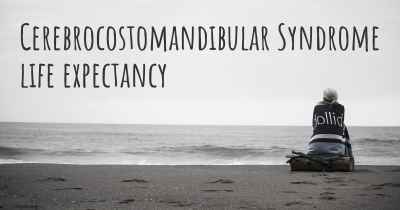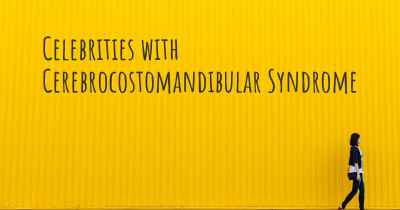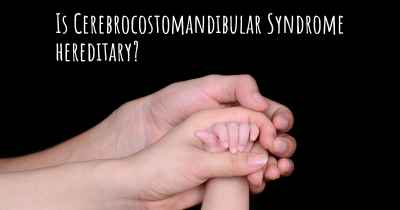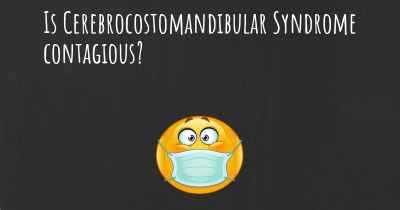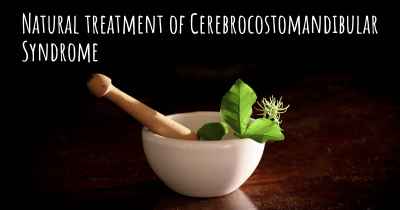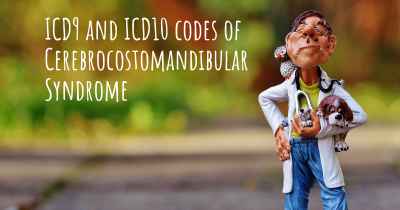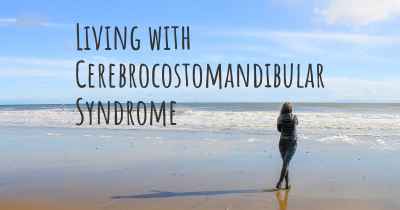How is Cerebrocostomandibular Syndrome diagnosed?
See how Cerebrocostomandibular Syndrome is diagnosed. Which specialists are essential to meet, what tests are needed and other useful information for the diagnosis of Cerebrocostomandibular Syndrome
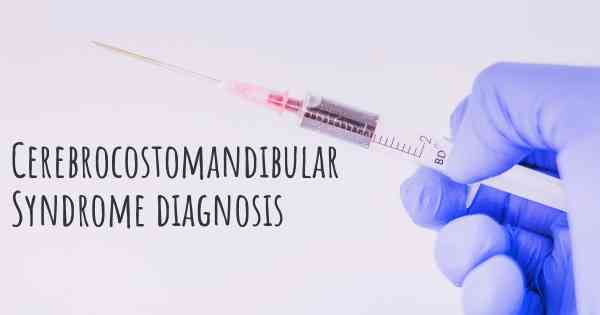
Cerebrocostomandibular Syndrome (CCMS) is a rare genetic disorder that affects the development of the brain, ribs, and jaw. Diagnosing CCMS can be challenging due to its rarity and the variability of symptoms among affected individuals. However, a combination of clinical evaluation, imaging studies, and genetic testing can aid in the diagnosis.
Clinical evaluation: A thorough physical examination is crucial in diagnosing CCMS. The healthcare provider will assess the patient's facial features, jaw structure, and rib abnormalities. They may also evaluate the patient's developmental milestones, speech, and intellectual abilities. Additionally, a detailed family history can provide valuable insights into the presence of CCMS in previous generations.
Imaging studies: X-rays and other imaging techniques play a significant role in diagnosing CCMS. Chest X-rays can reveal rib abnormalities such as fused ribs or missing ribs, which are common in CCMS. Additionally, imaging of the skull and jaw can identify structural abnormalities, including a small jaw or underdeveloped cheekbones.
Genetic testing: Genetic testing is the most definitive method for diagnosing CCMS. It involves analyzing the patient's DNA for mutations or alterations in specific genes associated with CCMS. The two genes most commonly associated with CCMS are SNRPB and SNRPN. Genetic testing can be performed through various methods, such as chromosomal microarray analysis or targeted gene sequencing.
Additional tests: In some cases, additional tests may be conducted to rule out other conditions or assess the extent of organ involvement. These tests may include echocardiography to evaluate heart function, renal ultrasound to assess kidney abnormalities, or hearing tests to identify any auditory impairments.
It is important to note that diagnosing CCMS requires a multidisciplinary approach involving geneticists, pediatricians, radiologists, and other specialists. The process may take time and involve multiple evaluations and consultations.
Once a diagnosis of CCMS is confirmed, appropriate management and treatment strategies can be implemented to address the specific symptoms and needs of the individual. Genetic counseling is also recommended for affected individuals and their families to understand the inheritance pattern and potential risks for future generations.
